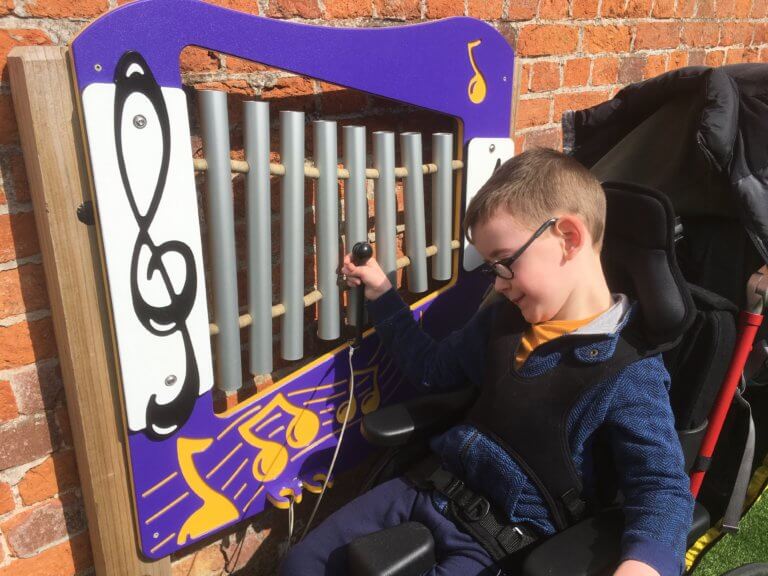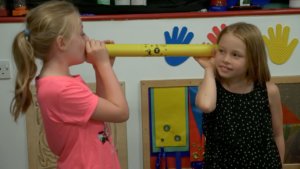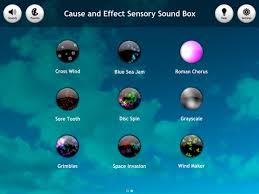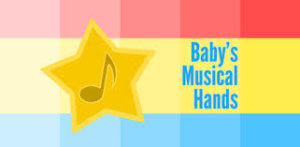Music, Singing and Dance - How to Use Music in the Home
Music can be a powerful tool for physical and emotional development in children. Using musical instruments can be beneficial physically, improving our child’s breathing and fine and gross motor skills. Listening to music can help regulate the nervous system, and singing and moving to music is great fun!
Unfortunately, if our child has sensory processing problems, sounds – including music – can be source of anxiety. This is because SPD often impacts a child’s tolerance of everyday noises.
It is common for youngsters to dislike, avoid or become distressed by certain sounds, like vacuuming, babies crying, dogs barking, other people singing, hand driers, or beeping from household appliances. Some children over-notice sounds that many of us have learned to ignore or do not hear. In the home these may include the electronic hum of the fridge, the static from the TV, or buzzing of lightbulbs. The internal cacophony caused by the combination of these noises can feel overwhelming and scary.
Indeed, because our sense of hearing is an important “survival/danger awareness” sense, troubling sounds have a potential to cause a physical reaction. Children with SPD may find some noises make them feel anxious, scared, shaky or sick. Some children with over-sensitivity to sound have described their experiences as painful.
Therefore, it’s important that we explore music with a hyper-sensitive child gently. We should never force a child to participate in an activity that causes them negative reactions. Tolerance to sounds can be built, but this will only happen slowly over time.
We share a number of musical activities below that many children will enjoy. As parents and carers we need to judge which will be most appropriate for our child.

Musical Ideas to Try at Home
 Your child can play a musical instrument, no matter what their hand skills are.
Your child can play a musical instrument, no matter what their hand skills are. If they are very young or have minimal hand movement, they can tap a keyboard or a drum as an easy way to get some cause and effect.
If they can hold onto implements in their hand, they can enjoy a rattle or tambourine, or try and hit a drum with a stick.
If a child has more dexterity in their hands and can point with one finger, we can encourage them to play with their pointing finger. If necessary hold their other fingers to keep just the pointing finger free. Practice pressing a keyboard key with this finger, pressing buttons on musical toys, strumming a guitar or using the pointing finger for musical games on a tablet. If our child has difficulty isolating their pointing finger, this Our Home video may be helpful!
If we don’t have any instruments at home we can make our own using everyday objects. A wooden spoon and some upside down saucepans can become a drumkit, and a plastic bottle with some rice in it makes a great shaker. Check out this blog post for some other easy DIY instrument ideas.
Blowing can be a difficult activity for some but works the mouth muscles to help develop speech and feeding skills as well as help with breathing control.
-
Try putting a harmonica, recorder or other wind instrument near your child’s mouth so they get great cause and effect from their blowing and to encourage longer blows.
-
Blowing through a straw in soapy water can create loads of bubbles and can make some lovely noises – if they blow harder, more bubbles appear. You could blow a tune to a song to try to encourage longer blows. This can be great for increasing their strength for breathing.
Singing songs while doing specific actions can both fun and helpful for your child. It’s a novel way to meet a child’s specific movement/physical needs, and the music offers a great cue of what is to take place, helping manage expectations and increase understanding.
For example:
-
The Grand Old Duke’s of York: when the men go ‘up’ you can all stand or put your arms up in the air. When they go ‘down’ you can sit down or put your arms down.
-
Row Row Row the Boat: stretch your child legs out into a long sit while you move to and sing this song. This is a brilliant way to stretch out hamstrings.
-
This is the Way We: this song can be adapted to encourage a child to do all all kinds of movements and activities. For example, ‘this is the way we touch our toes, touch our toes, touch our toes, this is the way we touch our toes on a cold and frosty morning’, ‘this is the way we brush our teeth’, ‘this is the way put on our coat’.
-
Five Little Monkeys Bouncing on a Bed: brilliant for jumping and moving games.
-
When You’re Happy and You Know It: you can use this song to encourage any movement, e.g. when you’re happy and you know it open you hands/move your arms/jump up and down.
-
This Little Piggy Went to Market: lovely for massaging or stretching fingers and toes.
Songs can be a clear indication of the start of an activity or the end so that, when regularly used, children know what is coming next. For example Mr Tumble’s Hello and Goodbye songs could be used at the beginning and end of an activity, first thing in the morning and last thing at night or at the start and end of a therapy session.
You can also use the same song to help your child manage an activity. For example you could sing ‘twinkle twinkle little star’ while you give your child a stretch, or brush their hair or teeth. If your start and end the activity as you start and finish the song, your child will know how long the activity will be going on for, and when the end is near. This will make the whole process easier for them.
If our child tolerates music, YouTube is bursting with music videos that children can sing and dance to. The Little Baby Bum channel for example has hours and hours of nursery rhymes and children’s songs with cartoon characters.
CBeebies Songs has a huge library of songs with everything CBeebies, from Something Special to Andy’s Dinosaur Adventures. There should be something for everyone to enjoy and hopefully move and sing along to.
Curly Cath has lots of wonderful videos to help children sing, dance and make music. The videos are aimed at under fives but may also be suitable for older children with learning difficulties.
6 Great Musical Apps to Try
 Sensory Soundbox (£2.99). Just a touch on the screen produces a wide variety of sounds and noises. As you move your fingers/ hand the noises change. Vey calming or stimulating, depending on the setting and wonderful feedback for cause and effect.
Sensory Soundbox (£2.99). Just a touch on the screen produces a wide variety of sounds and noises. As you move your fingers/ hand the noises change. Vey calming or stimulating, depending on the setting and wonderful feedback for cause and effect.Baby’s Musical hands (free – for apple and android)- musical and colourful app – any touch will play a piano sound.
 Finger paint (free for apple and android) – opportunity to paint with different colours and sounds.
Finger paint (free for apple and android) – opportunity to paint with different colours and sounds. Baby Mozart (free, Apple and Android) – Plays different relaxing music including instrumental, nursery rhymes, white noise and with some funny noises and flashcards too.
Duck Duck Moose – Musical Me HD – several simple games aimed at young children with early developing pointing finger control.
Launchpad is a great app for older children in which they can be their own DJ and mix club music and electronic samples at the touch of a button.






